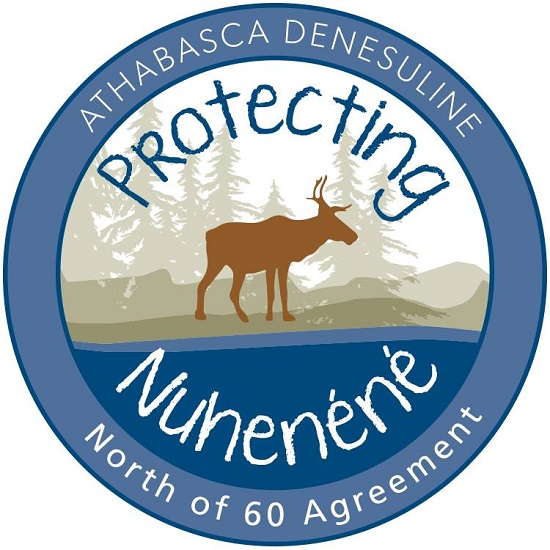Athabasca Denesuline Nene consists of Fond-du-Lac, Hatchet Lake and Black Lake, and they were signatories on Treaty 8 in 1899 and Treaty 10 in 1906. There is traditional territory that extends north of the 60th parallel into the Northwest Territories and as of 1999, Nunavut.
When Treaty 8 and Treaty 10 were signed, the documents and maps were not translated clearly to the signatories, resulting in Crown documents, stating that territorial land north of 60 was intentionally surrendered.
“When the treaties were signed, the understanding by our ancestors was that our treaties gave us the rights and they would not be taken away,” says chief negotiator, Ron Robillard. “We would continue to hunt, fish and trap and exercise our rights throughout our traditional land.”
“The treaty meant relinquishing our Aboriginal rights and title to the Crown forever, that’s not something that was translated to our people,” he adds.
In 1970, the former chiefs of Black Lake, Hatchet Lake and Fond-du-Lac learned that there were discussions concerning land rights revolving around similar claims by Dene and Metis in the Northwest Territories. This sparked the lobbying efforts to get the land signed back over to the Athabasca Denesuline Nene bands.
In 1991, chiefs and elders held an Athabasca Denesuline Nene sector meeting to discuss land and resource rights that lay north of 60. The years of lobbying was not picking up traction and they decided the last resort was to take the treaties to court.
Negotiations have been happening since 2000, when the minister of Indian Affairs sat down with the three chiefs. A memorandum of understanding was entered and court was put on hold.
Since then, the negotiations have been ongoing. In order to spread the word, Athabasca Denesuline Nene Land Corporation is hosting information sessions in their communities and in some urban centres to make sure their members are up-to-date on the negotiations.
“When we initial a final agreement, the next step is to have the ratification process where our membership will be voting on this final agreement. It’s either a yes or no and we are seeking a 50 + 1 (vote),” says Robillard. “That is the reason why we need to work really hard to get out to all of the communities to make sure they understand what the claim is all about.”
When the treaties were signed, there were no defined borders for the territories, or the 60th parallel. Now that there are, it makes this agreement complex, as there are many jurisdictions involved.
To ensure the youth understand the agreement, they are visiting high schools to keep them informed.
“At the end of the day, our goal is to make sure our people will be supportive of the deal, so that future generations can use it without interference, that they’ll have harvest rights, that they’ll continue to go out on the land and be able to exercise their rights,” explains Robillard.
The negotiations are almost over and the agreement is expected to be initialed in the new year.
Urban meetings are held in La Ronge, Prince Albert and Saskatoon.
(PHOTO: Athabasca Denesuline Final Agreement logo. Photo courtesy of North of 60, Facebook.)
